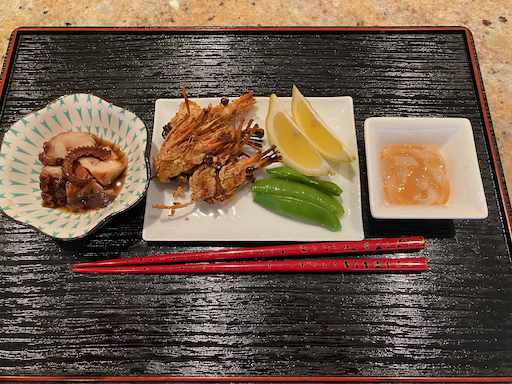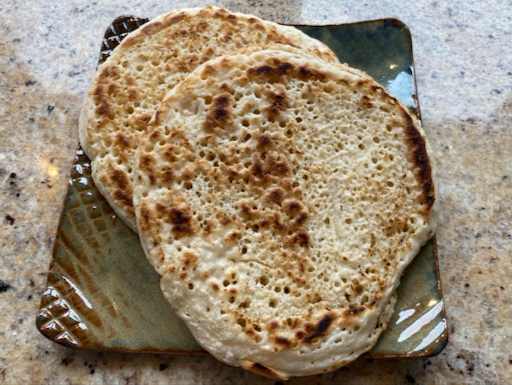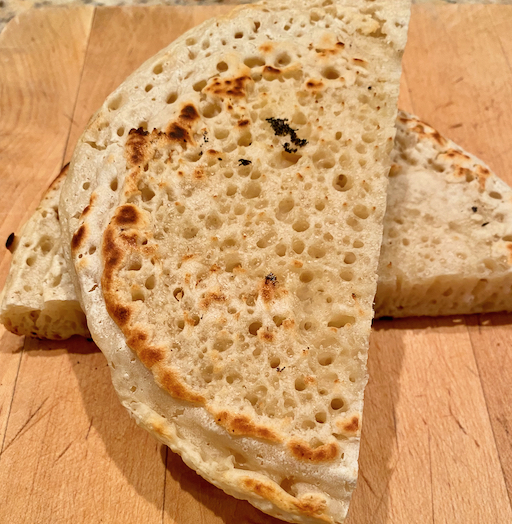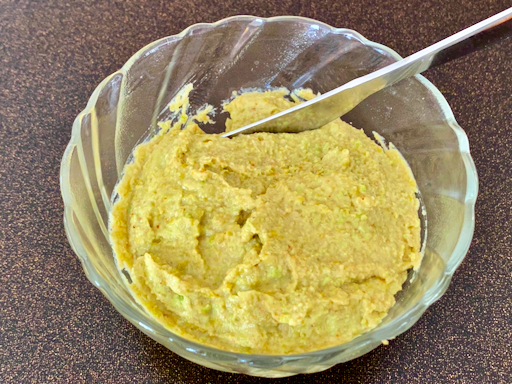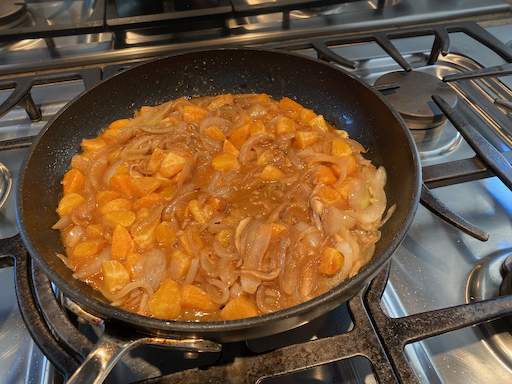We saw an interesting recipe for chicken that used a sauce made of miso and bourbon. With such an eclectic combination of ingredients particularly the use of miso, we had to try it. We first saw the recipe in Milk Street which led us to the cookbook by Edward Lee called "Smoke and Pickles". The sauce is made of miso, soy sauce and orange juice and also included bourbon during the cooking. I used the Instant pot for the pressure cooking but not the sauté function. Instead I used a regular frying pan for that function. The smell of bourbon comes through very clearly but unless you were told you would not even know there was miso and soy sauce involved. This is a good dish.
We made this with chicken thighs. Since we did not have any orange juice, we used mandarine orange sections cut up into small pieces. Since we believe in adding potatoes in this kind of dish, we added potatoes and omitted thickening the sauce with corn starch.
Ingredients:
2 medium onion, thinly sliced
3 garlic cloves, peeled and finely chopped
2-3 shiitake mushrooms, caps thinly sliced
3 mandarine oranges, peeled, separated and cut into small chunks (original recipe calls for 1/2 cup orange juice).
2 tbs miso and 3 tbs soy sauce
2 tsp olive oil for sautéing the vegetables.
2/3 cup bourbon (we used Early times).
1 cup water (we used chicken broth)
4 chicken thighs, skin on and bone in, excess skin and fat trimmed.
4 small red potatoes, peeled and cut into bite sized pieces (see the second picture below).
Directions:
Mix the miso, soy sauce (and orange juice if using) in a small bowl and set aside.
Sauté onion in the olive oil for 5-7 minutes until soft and edges slightly browned add the garlic, mushroom, and mandarin oranges and sauté for 4-5 more minutes.
Add the bourbon (turn down the flame and be careful since the alcohol in the bourbon may cause a flare up), cook for several minutes or until the bourbon almost entirely reduces.
Add the soy sauce and miso mixture and cook for a few more minutes (see pictures below).
Add this mixture to the Instant pot, arrange the chicken thighs, skin side down, add the chicken stock.
Put on the lid, make sure venting is sealed, set to manual, high pressure and 15 minutes. I let it de-pressurize naturally (15-20 minutes).
The original recipe calls for thickening the sauce with corn starch and garnishing it with chopped scallion which we skipped.
The potatoes are our addition.
We served this with rice, blanched broccoli and skinned Campari tomato. Before eating, we mashed the potatoes to make the sauce thicker. This was a quite good dish. The chicken was tender and had a distinctive aroma of bourbon. The miso and soy sauce flavors did not come through strongly. We both felt that compared to the different versions of curries my wife makes this was a bit bland.

